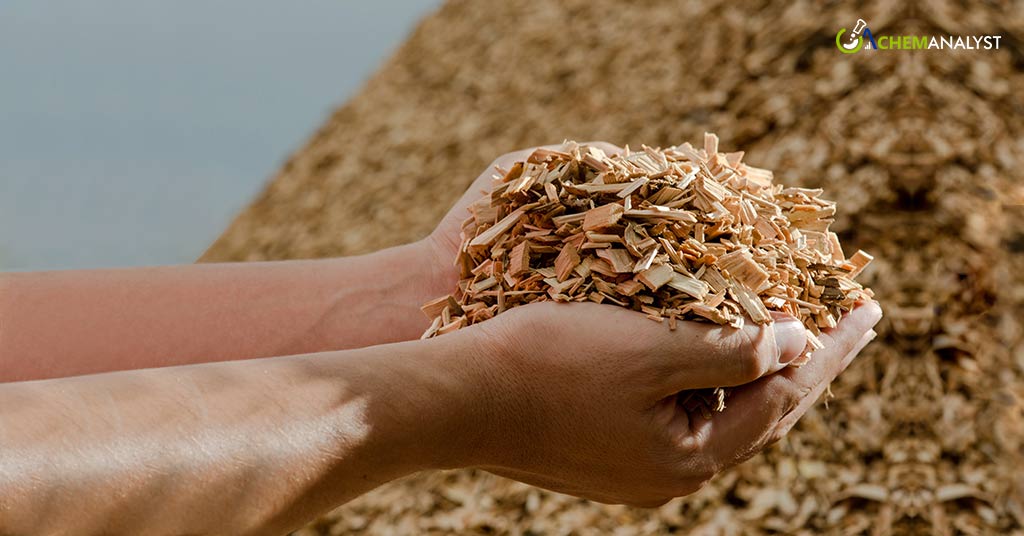China's average paraxylene capacity utilization experiences decline
- 09-Feb-2024 6:21 PM
- Journalist: Nicholas Seifield
In the week ending February 9, the average capacity utilization at paraxylene plants in China experienced a notable increase, rising by 1% compared to the previous week. This uptick in capacity utilization reflects the operational efficiency and production levels within the Chinese paraxylene manufacturing sector, reaching an average utilization rate of 82%.
A closer look at the recent developments in China's paraxylene market reveals insights into the country's import dynamics. In December, China recorded a total import volume of 692.83 thousand tons of paraxylene. However, this figure reflects a 14% decline when compared to the corresponding period in December 2022. Additionally, there was a 12% reduction in paraxylene imports from November 2023, where the import volume stood at 787.47 thousand tons. South Korea, Japan, and Brunei emerged as the primary suppliers of paraxylene to China during this period.
Analyzing the broader picture, the cumulative volume of paraxylene imports to China throughout the entirety of January to December 2023 reached approximately 9.1 million tons. This data underscores the significant role that international suppliers, particularly those from South Korea, Japan, and Brunei, play in meeting China's demand for paraxylene.
The rise in average capacity utilization at Chinese paraxylene plants suggests a positive trend in the domestic production landscape. This increase aligns with the country's ongoing efforts to enhance its self-sufficiency and operational efficiency in the production of key chemical components like paraxylene. The 1% rise in capacity utilization is indicative of a productive and well-functioning manufacturing sector in China.
It is essential to recognize the interconnected nature of the global paraxylene market, with China serving as a key player in both production and consumption. The fluctuations in import volumes highlight the dynamics of international trade and the dependencies that nations have on each other to meet their specific industrial requirements. The lower import volumes in December compared to the previous year could be attributed to various factors, including changes in domestic demand, market conditions, or strategic decisions made by suppliers and buyers.
South Korea, Japan, and Brunei emerge as prominent contributors to China's paraxylene supply chain during the examined period. These countries play a pivotal role in meeting China's demand for paraxylene, emphasizing the importance of strong trade relations and supply chains in the global chemical industry.
The intricate balance between domestic production and international trade in paraxylene reflects the complexity of the chemical industry and the strategic considerations that nations must take into account. China's efforts to boost domestic production while engaging in international trade partnerships underscore the multifaceted nature of its approach to meeting the demands of its chemical sector.



